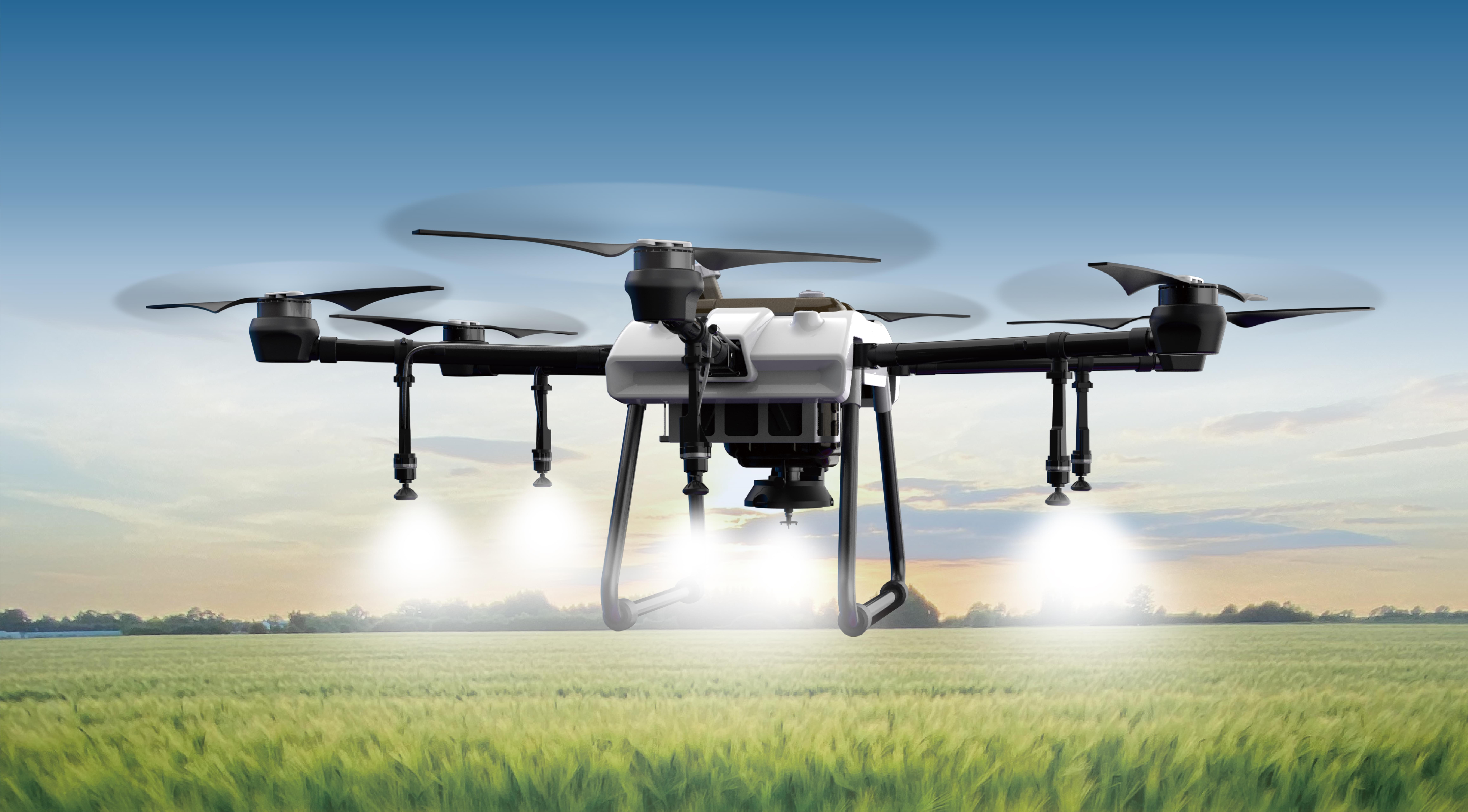The Future of Motion Control Starts Here: Introducing the Servo Motor with Integrated Controller
Imagine a world where machinery moves with pinpoint accuracy, responsiveness is instantaneous, and setup is a breeze. Welcome to the era of servo motors with integrated controllers — machines that blend power, precision, and simplicity into a single compact package. These innovative devices are redefining how industries approach automation, robotics, and complex motion control systems, promising a future where performance meets convenience seamlessly.

What is a Servo Motor with Integrated Controller?
At its core, a servo motor is a rotary actuator designed for high-precision applications. It provides accurate control of angular or linear position, velocity, and acceleration. Traditionally, servo systems consist of a motor, a separate controller, and sometimes additional feedback devices like encoders or resolvers, all connected by detailed wiring and extensive setup procedures.
However, the advent of the servo motor with an integrated controller eliminates many of these complexities. In these single-unit systems, the controller is built directly into the servo motor housing, creating an all-in-one solution. This integration simplifies wiring, reduces space requirements, and accelerates commissioning, making them ideal for compact and demanding environments.
Core Features and Benefits
Enhanced Compactness and Simplified Installation:
By combining the motor and controller into a single unit, these systems save valuable space — a critical factor in robotics, medical devices, and aerospace applications where every centimeter counts. Fewer external cables and components mean less clutter, easier maintenance, and faster deployment.
Precision and Responsiveness:
Embedded controllers allow for real-time adjustments, fine-tuning, and rapid response to control signals. This results in smoother motion trajectories, minimized overshoot, and optimal accuracy — vital attributes for CNC machining, pick-and-place robots, and optical systems.
Plug-and-Play Convenience:
Integrated systems are designed for straightforward integration into existing automation workflows. Many come with user-friendly interfaces, embedded tuning algorithms, and compatibility with popular communication protocols such as EtherCAT, CANopen, and Ethernet/IP. Setting up these servo motors often requires less technical expertise, saving time and reducing errors.
Reduced Wiring and System Complexity:
Having the controller built-in means fewer cables, connectors, and potential points of failure. This not only improves reliability but also streamlines troubleshooting processes.
Advanced Features and Flexibility:
Modern integrated servo motors often come equipped with features like programmable profiles, fault diagnostics, overcurrent and temperature monitoring, and even predictive maintenance capabilities. These enhancements boost uptime and system resilience, making them fitting for critical applications.
Industrial and Commercial Applications
Servo motors with integrated controllers are versatile and adaptable across myriad industries. Let’s explore some key sectors that benefit most from this technology:
Robotics:
In robotic arms and automated guided vehicles (AGVs), precision and quick response are paramount. The compact design and integrated feedback systems enable robots to execute complex tasks with high repeatability, from delicate assembly to heavy lifting.
Manufacturing & CNC Machines:
High-accuracy positioning is essential in cutting, welding, and engraving. Integrated servo motors bring smooth, controlled movement, reducing scrap and improving product quality.
Medical Devices:
From surgical robots to diagnostic machinery, these motors provide the precision and dependability required to perform delicate procedures under tight spatial constraints.
Aerospace & Defense:
The importance of reliability, weight savings, and space optimization makes integrated servo motors an attractive choice for aerospace instrumentation and defense systems.
Consumer Electronics & Automation:
In products like 3D printers, camera stabilization rigs, and smart automation devices, these compact motors contribute to improved performance and simplified assembly.
Technical Considerations and Selection Criteria
While choosing a servo motor with an integrated controller, several factors should guide your decision:
Power and Torque Ratings:
Ensure the motor’s output matches your application's load requirements. Take into account peak and continuous torque levels, voltage needs, and speed ranges.
Feedback Device Compatibility:
Most integrated systems incorporate encoders (incremental or absolute). Confirm compatibility with your control system, especially if you employ advanced motion algorithms.
Communication Protocols:
Verify that the servo motor supports your preferred protocols for seamless integration into your existing automation infrastructure.
Environmental Conditions:
Consider operating temperature, humidity, and exposure to dust or chemicals. Many integrated servo motors are built for harsh environments, but specifications vary.
Size and Mounting Standards:
Ensure the motor dimensions and mounting features align with your mechanical design specifications.
Emerging Trends and Innovations
The evolution of servo motors with integrated controllers is propelled by several cutting-edge innovations:
Smart Integration and IoT Enablement:
New generations incorporate IoT connectivity, offering remote monitoring, event logging, and predictive maintenance capabilities, which significantly enhance operational efficiency.
AI-Driven Control Algorithms:
Advanced embedded algorithms leverage artificial intelligence to optimize performance dynamically, learn from feedback, and adapt to changing load conditions.
Energy Efficiency Improvements:
Innovative materials and control techniques reduce power consumption, aligning with sustainable manufacturing goals.
Modular and Scalable Designs:
Manufacturers are developing modular units that can be customized and scaled according to specific application demands, fostering greater flexibility.
Conclusion of Part 1
Servo motors with integrated controllers are more than just a technological advancement; they are a strategic enabler for modern automation. By consolidating the motor and control system into a compact, intelligent package, they open new horizons for engineers, designers, and manufacturers seeking precision, simplicity, and reliability in their machinery. From enhancing robotic dexterity to streamlining manufacturing workflows, their versatility is unmatched.
In the next part, we'll delve deeper into specific case studies, detailed technical specifications, and future outlooks that will paint a comprehensive picture of how these motors are shaping the landscape of industrial innovation. Stay tuned!
Leveraging innovations in modular drive technology, Kpower integrates high-performance motors, precision reducers, and multi-protocol control systems to provide efficient and customized smart drive system solutions.




































